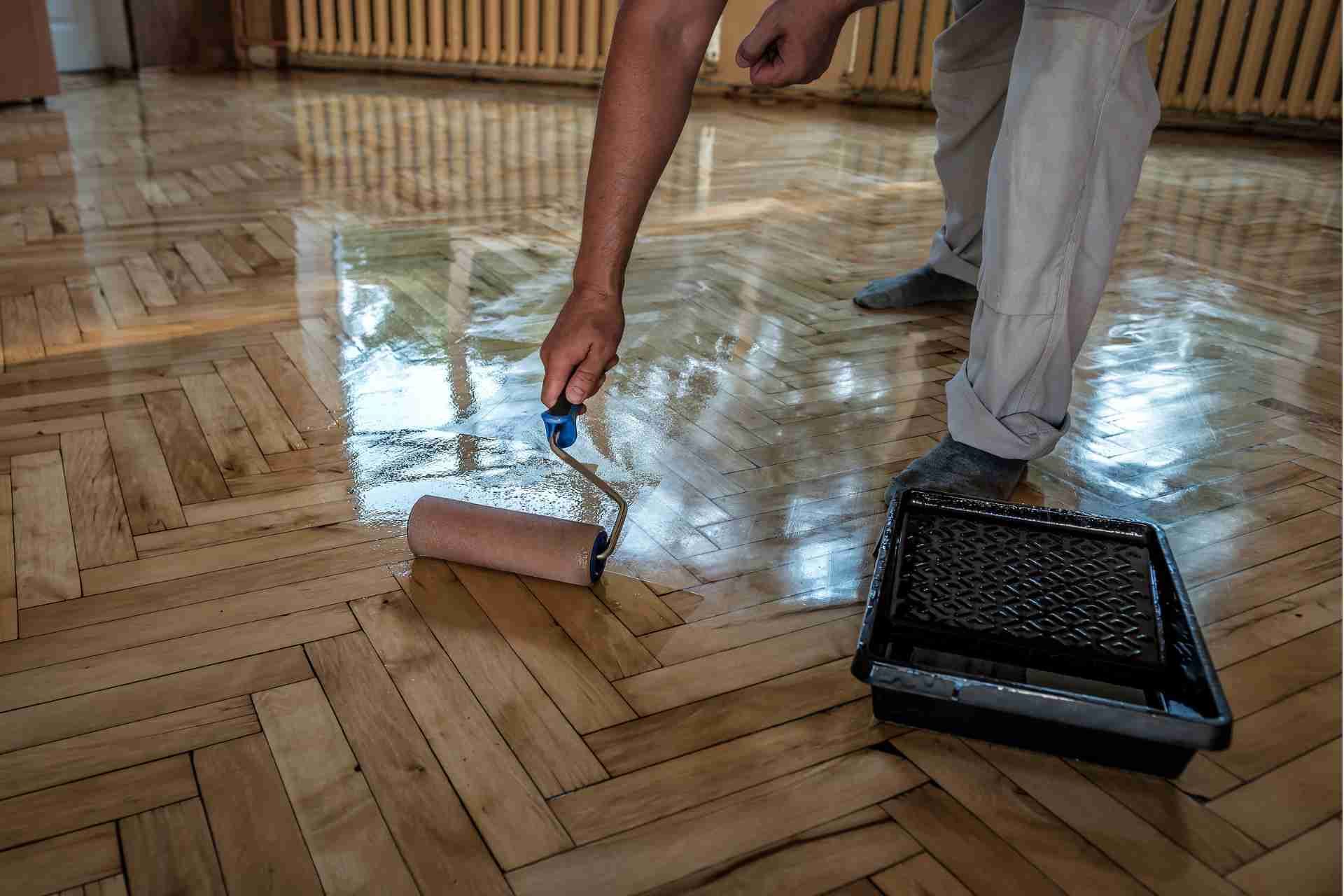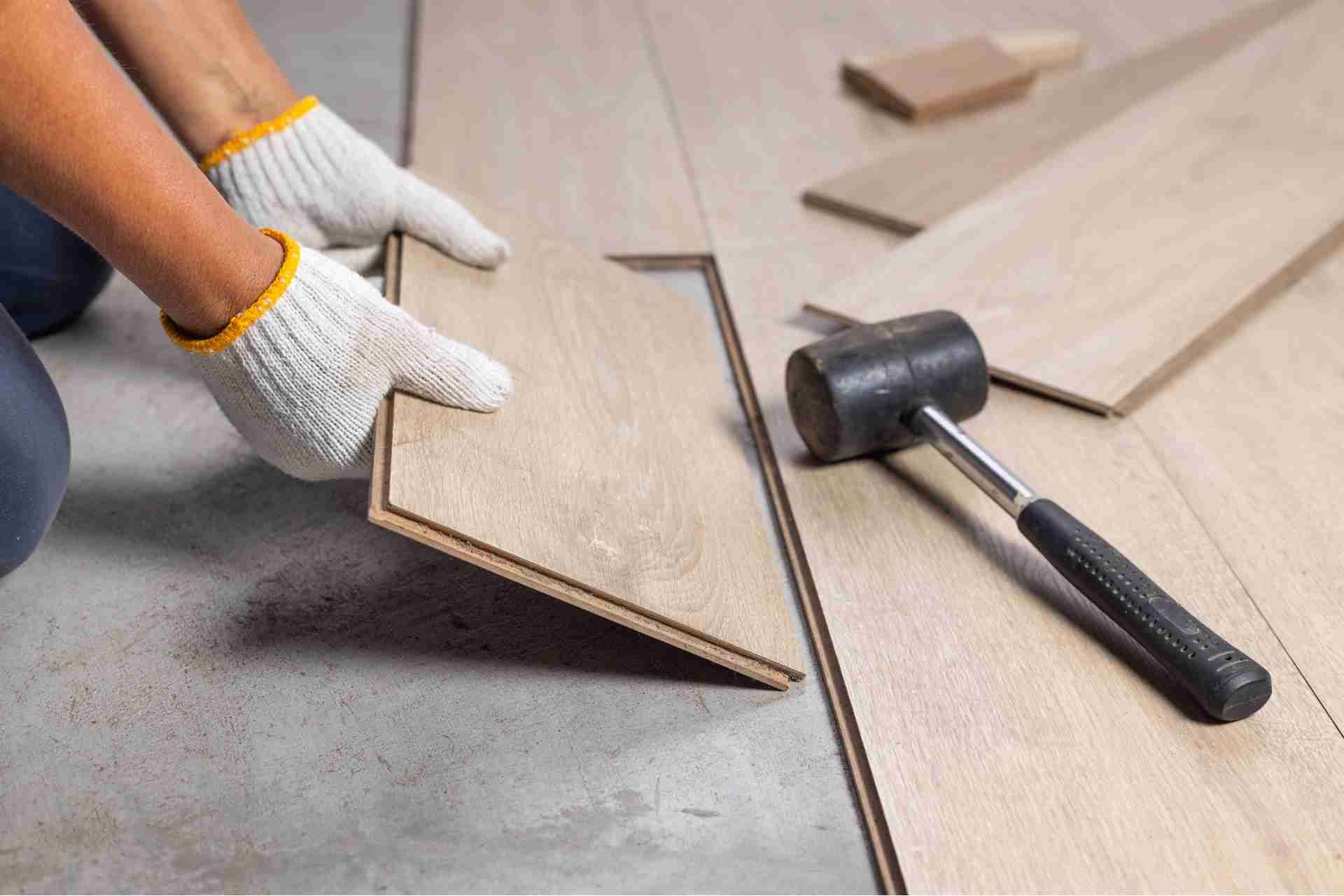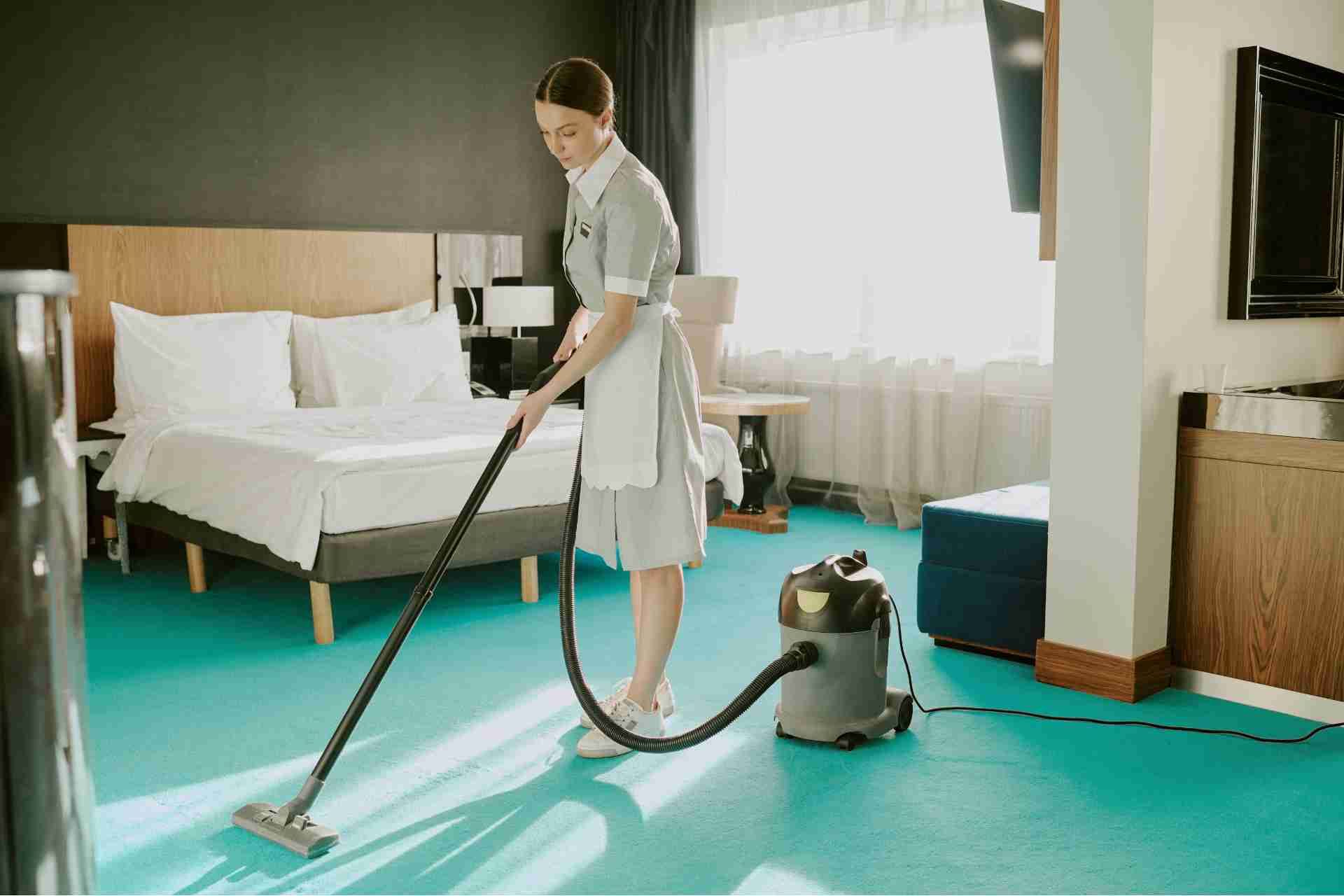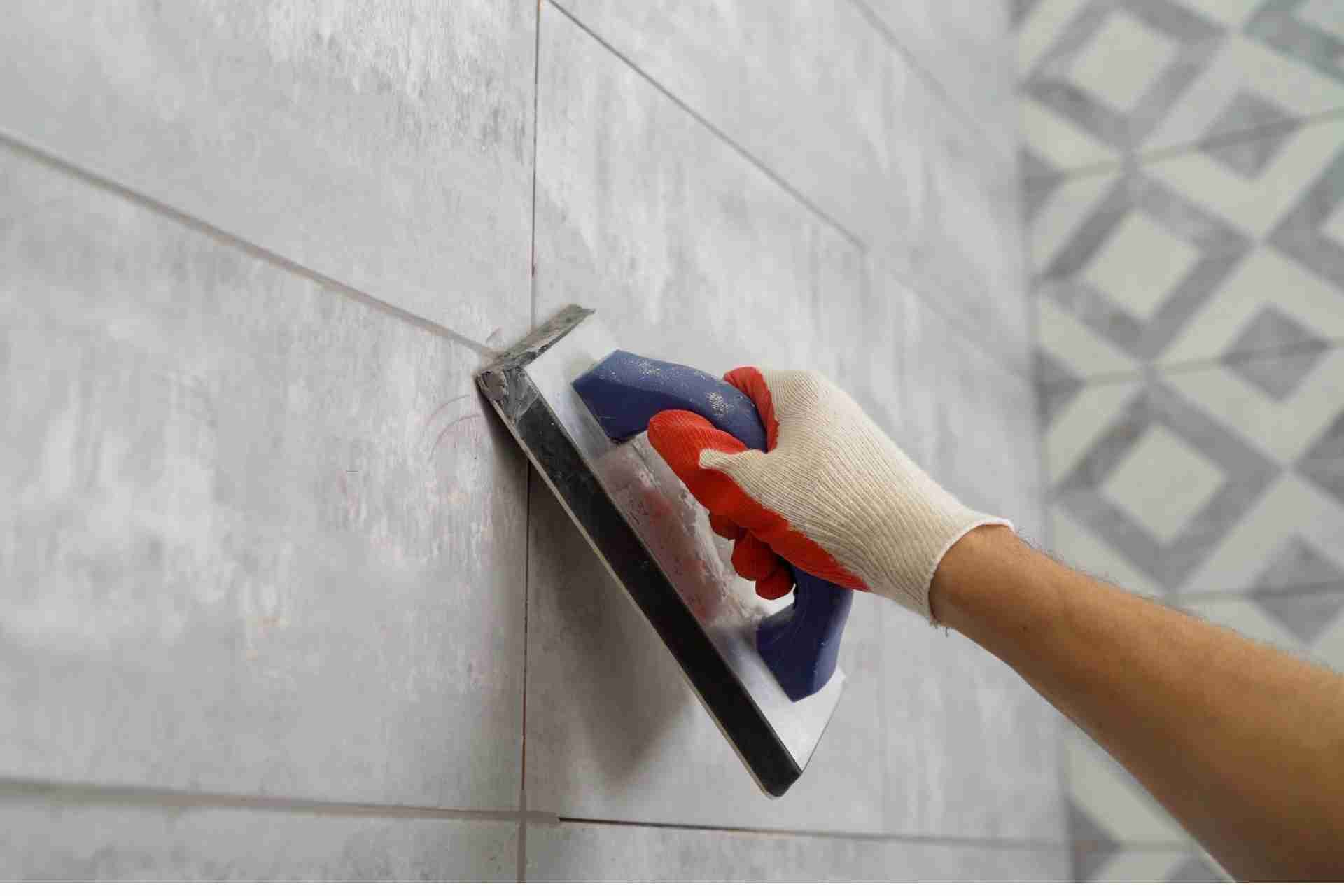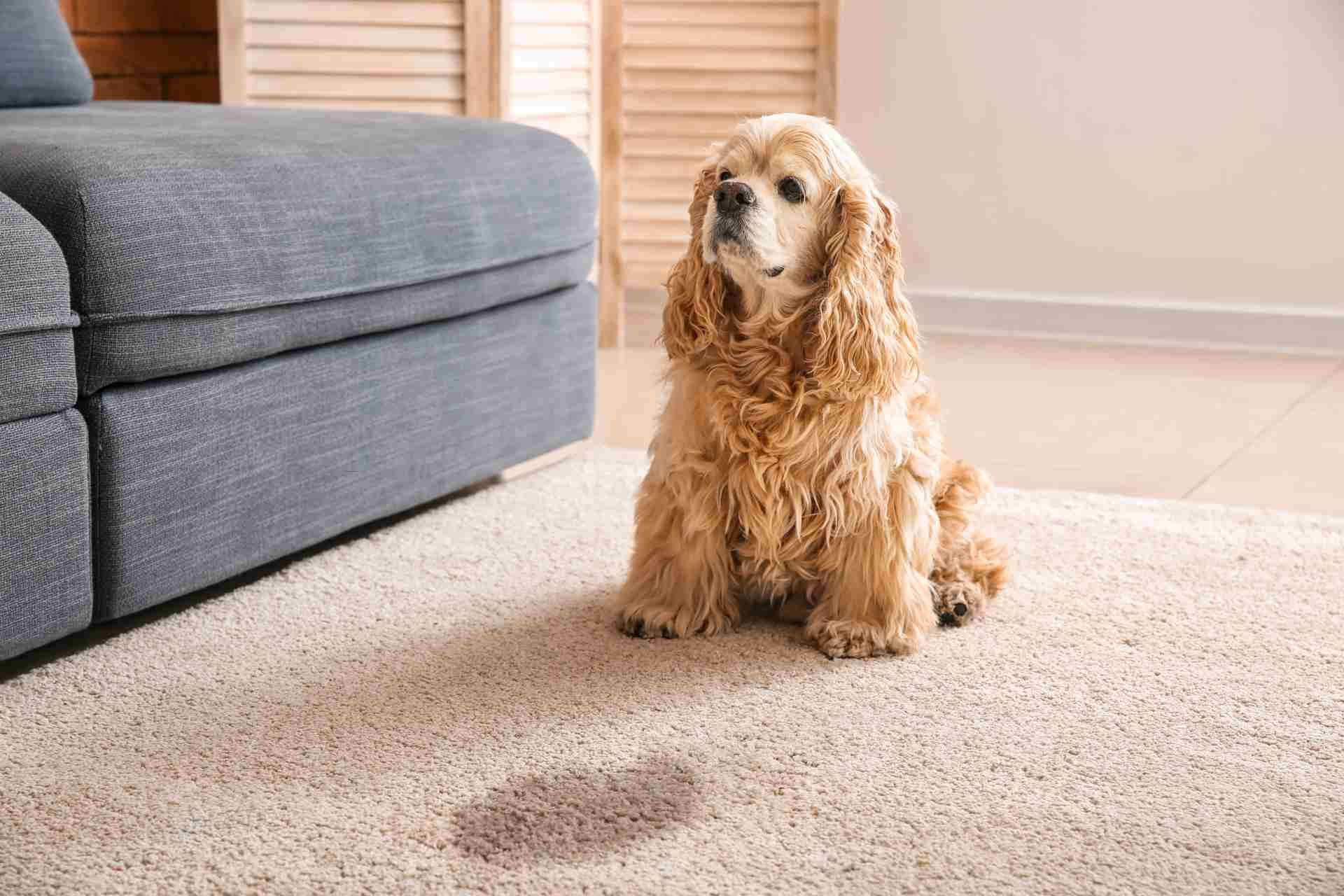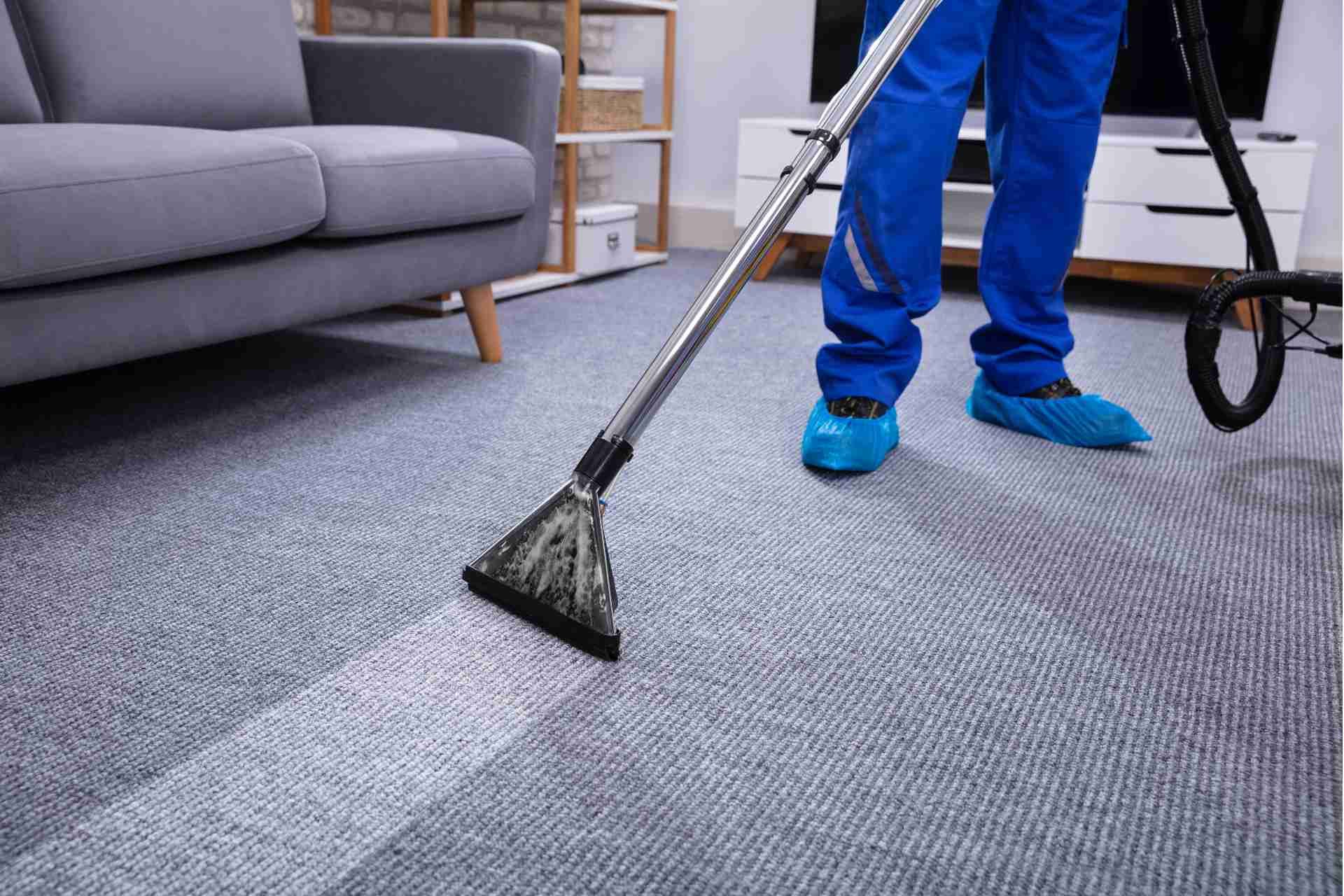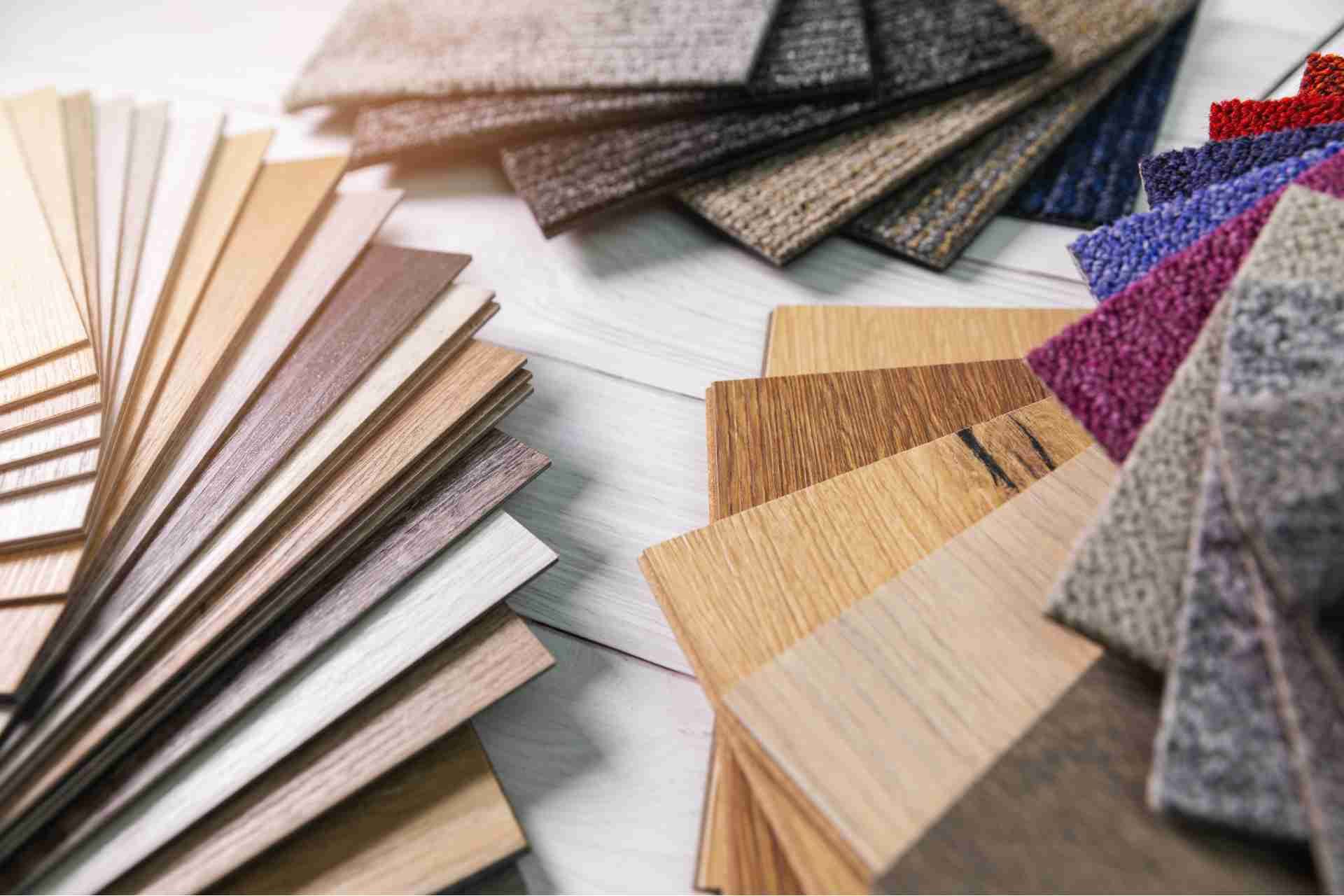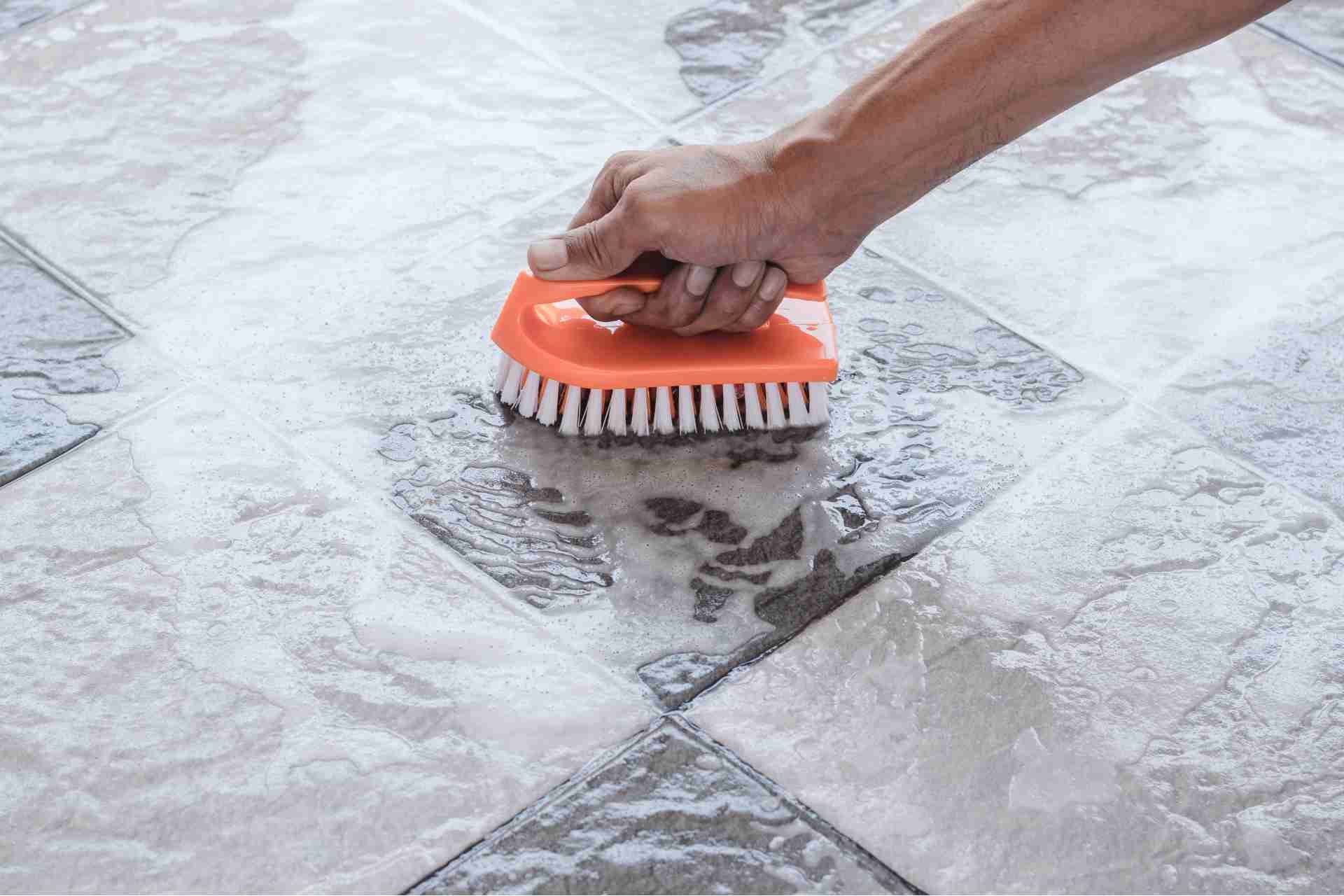How to Prevent Carpet Mold and Mildew After a Spill or Flood
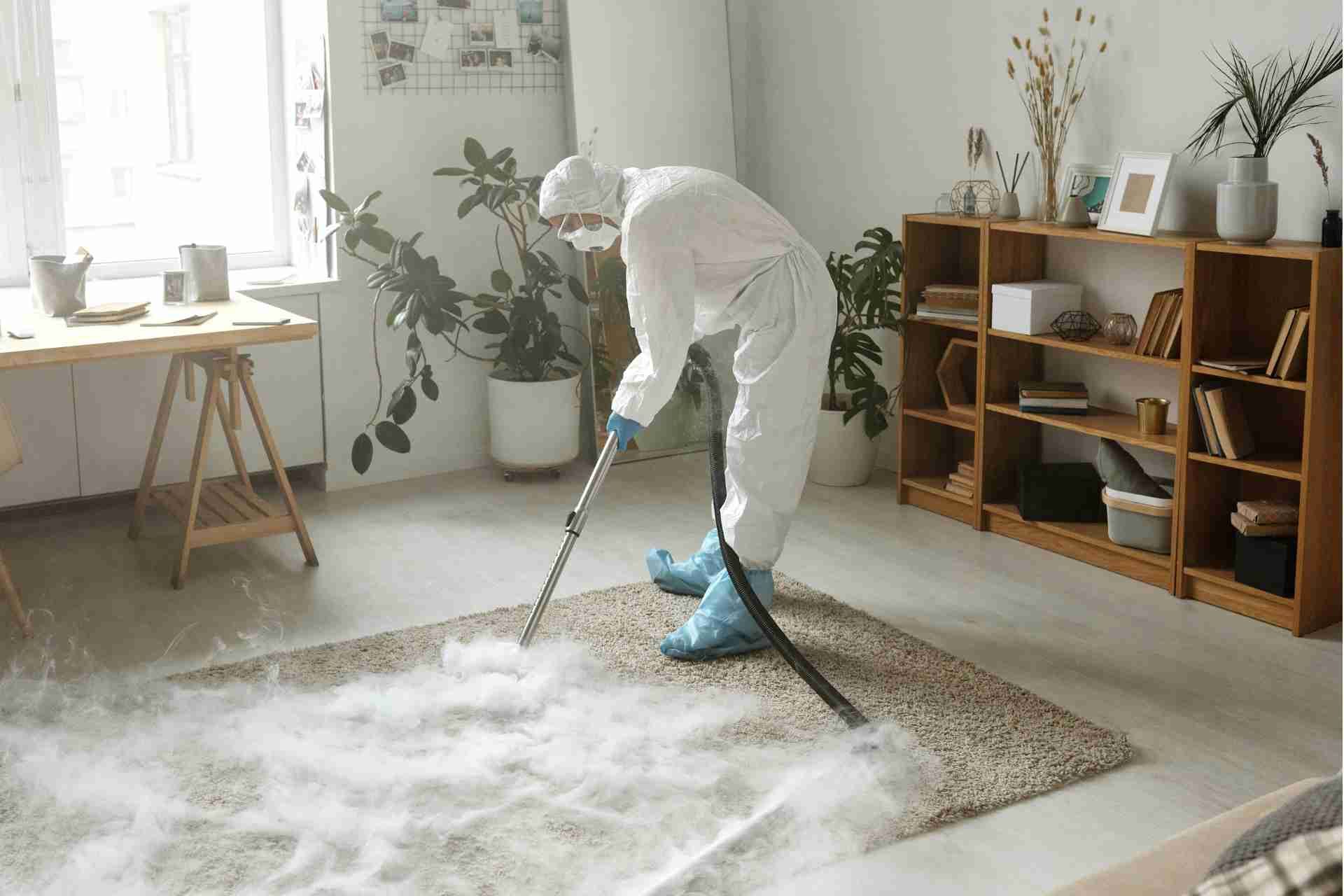
When a spill or flood occurs, acting quickly is crucial to prevent carpet mold and mildew. You need to assess the situation and tackle the moisture before it becomes a bigger issue. Removing excess water is just the first step; drying the area thoroughly is essential. Have you considered what additional measures you can take to protect your carpets? Let's explore the best practices to ensure your carpets stay safe and dry.
Act Quickly: Assess the Situation
When you notice dampness or a musty smell in your home, it’s crucial to act quickly and assess the situation.
Start by identifying the source of the moisture—check for leaks, spills, or flooding. Inspect your carpets and the surrounding areas for visible signs of mold or mildew.
Don’t forget to examine the walls and baseboards, as moisture can spread. Use your senses; if an area feels damp or smells musty, it’s a red flag.
Take note of any affected furniture or belongings nearby. Document the extent of the problem, as this information can help when seeking professional assistance.
Acting promptly not only protects your carpet but also prevents further damage and potential health risks associated with mold growth.
Remove Excess Water
Immediately remove excess water to minimize the risk of mold and mildew growth in your carpets.
Start by using towels or rags to soak up as much water as possible. Press down firmly to extract water from the carpet fibers. If the spill is significant, consider using a wet/dry vacuum to quickly draw out water from the carpet and padding.
Make sure you move furniture and other items out of the way to access all affected areas. You may also want to lift the carpet if it’s soaked through, as this can help with extraction.
The sooner you act, the better your chances are of preventing long-term damage. Don’t underestimate the importance of thorough water removal in this process.
Dry the Affected Area
To effectively combat mold and mildew, you need to dry the affected area as quickly as possible.
Start by using fans to increase airflow, which helps evaporate moisture faster. Position them strategically around the wet carpet and keep them running for at least 24 to 48 hours.
If the humidity is high, consider using a dehumidifier to pull excess moisture from the air. You can also lift the carpet and prop it up to allow air circulation underneath.
Make sure to check for any hidden moisture in the padding or subfloor, as these areas can harbor mold.
Finally, keep the windows open if the weather permits, allowing fresh air to flow through and assist in the drying process.
Use Mold Inhibitors
After drying the affected area, taking steps to prevent mold from returning is vital.
One effective method is using mold inhibitors. These products can be applied directly to your carpet or flooring to create a barrier against mold spores. Look for mold-resistant sprays or treatments specifically designed for carpets.
When applying, make sure to follow the manufacturer’s instructions for the best results. It’s also a good idea to reapply the mold inhibitor periodically, especially in humid conditions.
Clean and Sanitize Carpets
While regular vacuuming is essential, cleaning and sanitizing your carpets is crucial for preventing mold and mildew.
After a spill or flood, act fast. Start by blotting the affected area with a clean, dry cloth to absorb excess moisture.
Next, use a carpet cleaner or a solution of mild detergent and water. Scrub gently to lift dirt and debris. Rinse the area with clean water, then blot again to remove any remaining moisture.
After cleaning, apply a sanitizer specifically designed for carpets to eliminate bacteria and spores. Allow your carpets to dry completely, using fans or open windows to speed up the process.
Regularly cleaning your carpets not only keeps them looking fresh but also helps prevent future mold issues.
Monitor Humidity Levels
Since mold and mildew thrive in damp environments, monitoring humidity levels in your home is essential for preventing these unwanted guests in your carpets.
Ideally, you should aim to keep indoor humidity between 30% and 50%. Invest in a hygrometer to easily track these levels. If you notice humidity rising, take action promptly.
Use dehumidifiers in damp areas, like basements, and ensure proper ventilation in spaces prone to moisture, such as bathrooms and kitchens. Open windows when weather permits and use exhaust fans to reduce humidity.
Regular Maintenance and Inspections
To keep mold and mildew at bay, regular maintenance and inspections of your carpets are crucial.
Start by vacuuming at least once a week to remove dirt and debris that can harbor moisture. Pay special attention to high-traffic areas and spots where spills are likely to occur.
Every few months, inspect your carpets for any signs of dampness, discoloration, or unpleasant odors. If you notice any issues, address them immediately to prevent further damage.
Consider having your carpets professionally cleaned annually, as this can help eliminate trapped moisture and allergens.
Finally, keep an eye on areas prone to leaks or humidity, and make repairs as needed to maintain a mold-free environment. Your proactive approach will pay off!
Conclusion
By taking swift action after a spill or flood, you can effectively prevent carpet mold and mildew. Soak up excess water, dry the area thoroughly, and apply mold inhibitors to keep your carpets safe. Don’t forget to clean and sanitize regularly while monitoring humidity levels. With consistent maintenance and inspections, you’ll protect your carpets and ensure a healthy environment in your home. Stay proactive, and you'll enjoy mold-free carpets for years to come!
